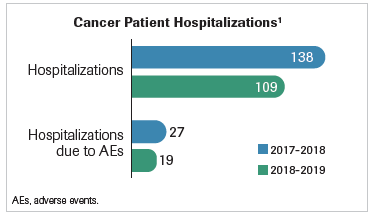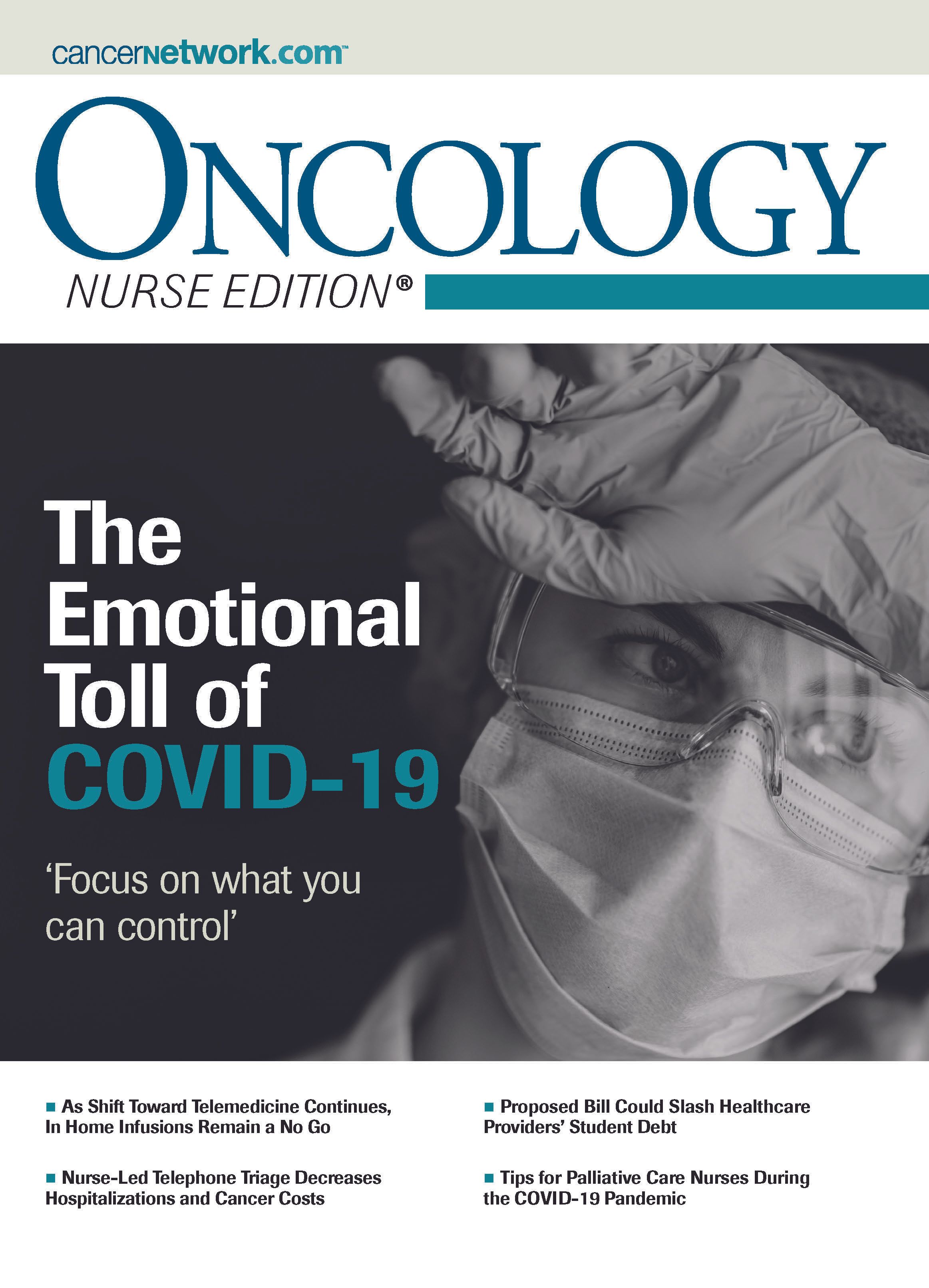Nurse-Led Telephone Triage Decreases Hospitalizations and Cancer Costs
A study presented at the 2020 ASCO Virtual Scientific Program showed nurse-led triage reduced hospitalizations for cancer patients.
Home health care has become increasingly popular in recent months, and nurses and other health care providers must ensure that they are properly and effectively managing adverse events (AEs) from anticancer treatments.
Research presented at the 2020 American Society of Clinical Oncology Virtual Scientific Program, May 29 to 31, analyzed the impact of nurse-led telephone triage in reducing hospitalizations in patients being treated for cancer.
“Integration of triage pathway protocols in addition to early palliative care may help in avoiding unnecessary hospitalization of cancer patients. Thinking about our patients receiving medical treatment in our oncology department, this might be translated into an early assessment, an early detection, and an early management of both treatment-related toxicity and cancer-related symptoms,” said Lorenzo Calvetti, MD, Department of Oncology, San Bortolo General Hospital in Vicenza, Italy.
The study involved 1075 patients receiving systemic anticancer therapies from September 2018 to September 2019. The most common cancers were breast, colorectal, and lung. Participants were instructed to refer to nurse-led telephone triage if they were experiencing any AEs. A nurse, who was working under supervision of a medical oncologist, would then assess the AE per the Common Terminology Criteria for Adverse Events scale, and take the needed actions.1
There were a total of 429 consultations with a nurse, with 581 AEs reported; 117 patients reported more than 1 AE. The most common grade 3 or higher AEs were:
fever (38 events; 33.6%), including 7 cases of febrile neutropenia;
cancer pain (15 events; 13.3%) and
fatigue (9 events; 8%).
“Our nurses were trained to do autonomous interventions in case of mass grade 1, grade 2 events,” Calvetti said. “..[In] the case of grade 3 and grade 4 events, immediate referral to the [physician] on duty was required. All the events were registered in our clinic records, and an analysis was performed after the observation period of 1 year.”
The number of patients hospitalized was 109 compared with 138 in the control group observed in the prior year (Figure). This was a normalized hospitalization rate of 10.1% in the observation period versus 14.7% in the controlled period. The normalized number of hospitalizations reduced was 44.
FIGURE. Cancer Patient Hospitalizations

“According to our main hospital stay cost, the reduction of normalized hospitalizations resulted in an estimated cost savings of approximately 380,000 euros in 1 year,” Calvetti said.
In US$, 380,000 euros is equivalent to about $424,500.
“These results have been achieved only thanks to a close collaboration of our medical and nurse team,” Calvetti said.ν
Reference
1. Calvetti L, Tealdo M, Cimenton R, et. al. Home-based management of cancer patients (CPs) experiencing toxicities while on anticancer treatment: the impact of a nurse-led telephone triage (NTT). Presented at: 2020 American Society of Clinical Oncology Virtual Scientific Program; May 29-31, 2020. https://ascopubs.org/doi/abs/10.1200/JCO.2020.38.15_suppl.2002
